Table of Contents
Today we’ll talk about six main foods.These are therefore categories of foods that can potentially cause cancer.There are some really important things you need to know.
First, it is the dose that determines the poison.All right?So the key with cancer is chronic exposure to a specific thing, which can lead to inflammation and/or dysfunction in a specific part of your cell.And that particular part is called mitochondria.
Mitochondria are your cells’ energy factory that uses oxygen to fight cancer.That mechanism is broken.Then you have a backup system that is used to keep things alive, and that system is called fermentation.All right?
A completely different path has therefore been set up, which serves as survival plan B.
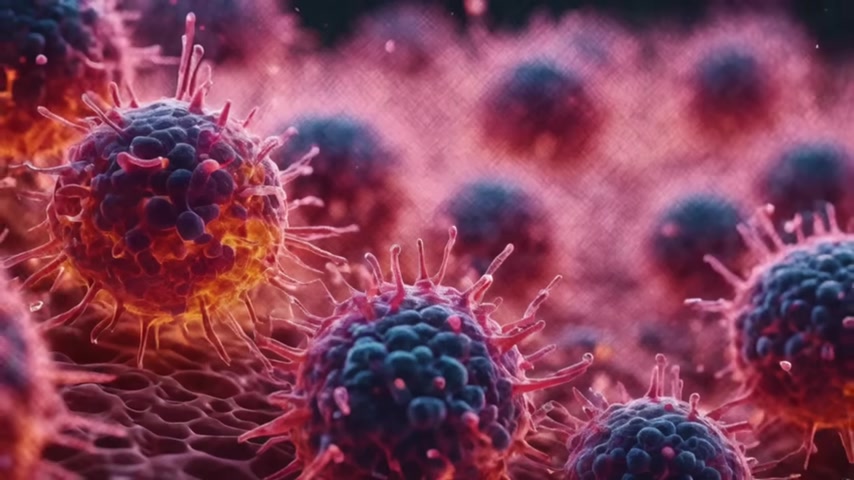
The Hidden Danger Chronic Exposure to Environmental Carcinogens
And when this change happens, the cancer gets out of control, it loses its mortality.It can live on forever.In this presentation.
I’m not going to talk about all the different things that can trigger cancer.I’m going to focus primarily on the things that can trigger cancer.
Let’s talk about this chronic exposure.It can be chronic exposure such as pesticides, insecticides, herbicides, fungicides, etc.I mean, just in the United States alone, do we release 1.3 billion pounds of pesticides into our environment every year.
For example, let’s say you work in the garden and are constantly dealing with pesticides, or you work on the farm. They’re definitely more susceptible to more exposure and more chronic damage.
But again, it is the dosage, it is the chronic exposure of this poison.You have something called radon, that invisible, odorless gas that can, you know, seep into your basement from the ground.
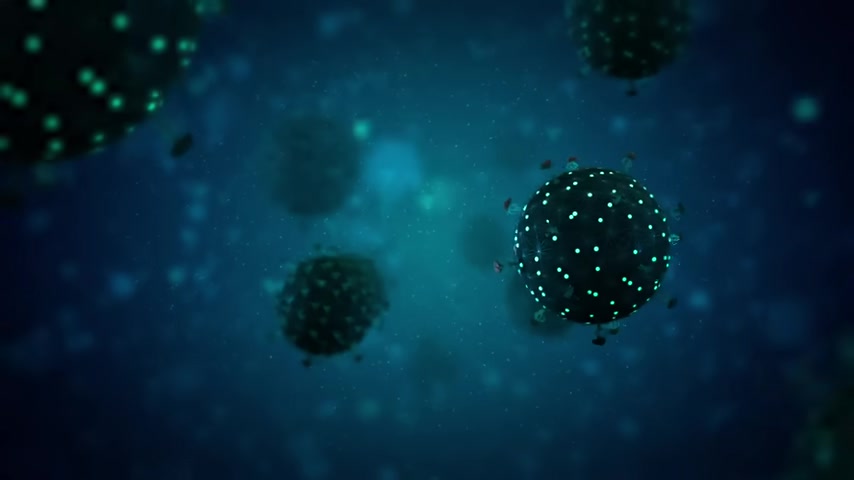
Mitochondrial Damage The Unexpected Culprits
And that’s why they look for radon when buying a house, as it could potentially lead to lung cancer.They have cleaning chemicals.
Even age is a risk factor.Why should age be a risk factor?Well, over time, you lose your mitochondria, so to speak, and get more damaged over time, making you more susceptible to developing this condition.
Viruses such as the human papilloma virus and certain fungi, even parasites, can do this.Even certain types of bacteria can trigger it
.And then, of course, there is environmental pollution.All right.Let’s start at the top of the list now.alcohol.
All right.There are no surprises there.Alcohol damages your mitochondria.But again, it is chronic exposure to alcohol.Number two trans fats and one trans fat are something that is partially hydrogenated.
Why should a hydrogenated oil that is completely saturated?Is it less harmful to partially hydrogenated fat?

How Your Diet Can Impact Your Mitochondrial Health
So, in my opinion, if you consume hydrogenated fats, which are found in a lot of junk foods, it can cause problems with your mitochondria.
Thirdly, burnt or charred meat, there are two chemicals that are produced when meat is burned, HC A and PAH, as on a charcoal grill.
A few things you can do to counteract this include adding garlic, rosemary, and certain spices to your meat to lower the, um, risk factor.
Then you have something else called ages.What is age?It stands for Advanced Glycates and Products.What is that?
This is a compound that is created when you combine a protein with a sugar under heat or a protein with a fat under heat.A few examples would be grilled ribs, right?They heat up those grilled ribs and make these advanced glycated products.
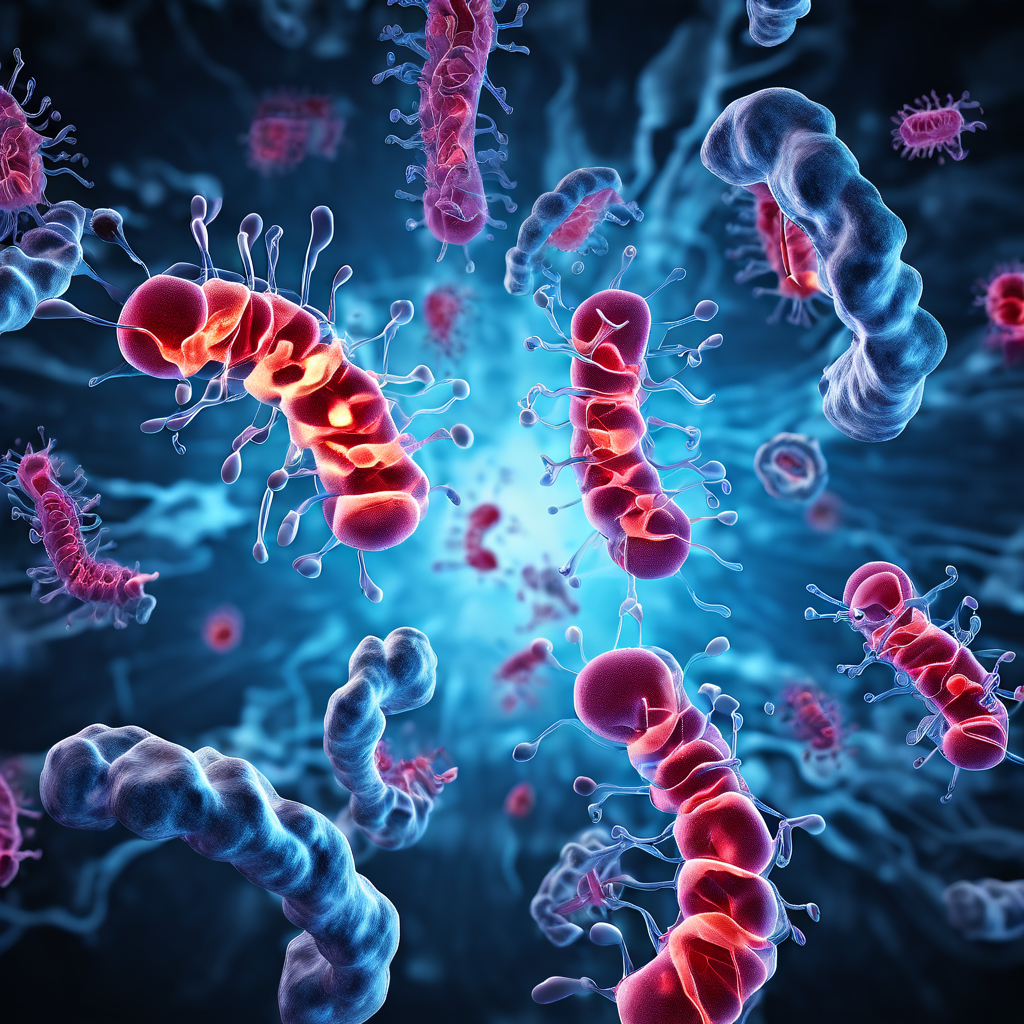
So there is a type of situation where the protein fuses together and can trigger all sorts of inflammatory processes, particularly in your mitochondria.
Well, what about, uh, heated, uh, protein and fats?
Well, you eat ice cream, you cook that protein with the fat, and you create these ages, right?And then you consume this ice cream regularly, as many people do.All right.
Number five: There are nitrates and processed meats that may be linked to cancer.Normally, people who consume processed meat also consume a lot of other things that are probably not healthy
but what they’ve done with that meat is that they’ve combined red meat with processed meat and grouped it into a category of both carcinogenic factors
which I have a huge disagreement about just because the research is so weak.And there’s a big difference between grass-fed meat, grass, finished meat, and fed grain.

The Unhealthy Truth About Ultra-Processed Foods: 50% of Our Daily Calories
There is a big difference between red meat and processed meat and what if you eat red meat without nitrates.
Any time you look at things that cause cancer, you’ll see that there’s red meat in it.So that is a factor that I disagree with, especially since there is nothing in the healthy version of red meat that has been assessed on the basis of substantial scientific studies that prove that it is harmful
at all.In fact, I know that many people heal their bodies by consuming red meat because it contains a lot of things that are beneficial.
All right.Number six, ultra-processed foods.All right.A K A Junkfood.They’ve renamed junk food to ultra-processed foods.It sounds a lot better, but the actual foods aren’t much better.
Remember I was talking about chronic exposure.That’s right.Well guess what? 50% of all our calories are ultra-processed foods.

When we talk about Ultra, we’re talking about extreme, we’re talking about processed, we’re talking about turning something that started naturally into something that doesn’t even resemble what it once was.
You go through many, many changes involving chemicals, heat pressure, deodorization, decolorization and you end up with this product that is so sophisticated, so different, so altered, so dead.
There is nothing alive in it.You know, people talk about, um, well, it’s just empty calories.It is, it’s more than just empty calories.So when we consume it, we must draw vitamins and minerals from our reserves in order to be able to metabolize it.
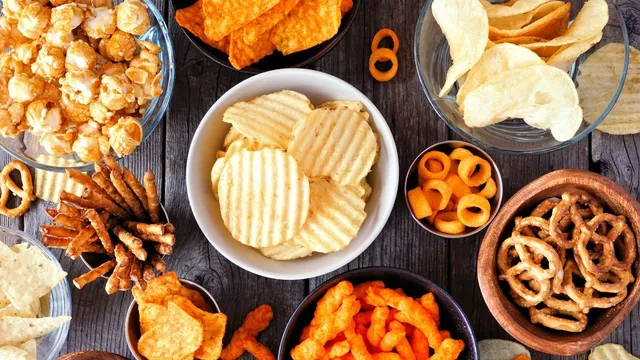
The Hidden Dangers of Processed Foods
And just think about how much inflammation happens when you consume synthetic starches, not even saturated fats, they’re unsaturated fats, they’re seed oils that are industrially processed and highly refined, and they’re very, very unstable.
I can’t think of anything more unhealthy than processed foods.It is, it hits the bottom of the barrel.And the really interesting thing is that we’re starting with Multidex.
Multidex is considered a starch, not a sugar, although like sugar, it reacts much more strongly than the actual sugar to the glycemic index.It is much, much, much high.
And maltodextrin is a process ingredient that is generally considered safe.It’s called gross, generally recognized as safe, is something that a company can use.
They can basically do their own studies and simply tell the FDA that it’s safe.There are no FDA tests for this.
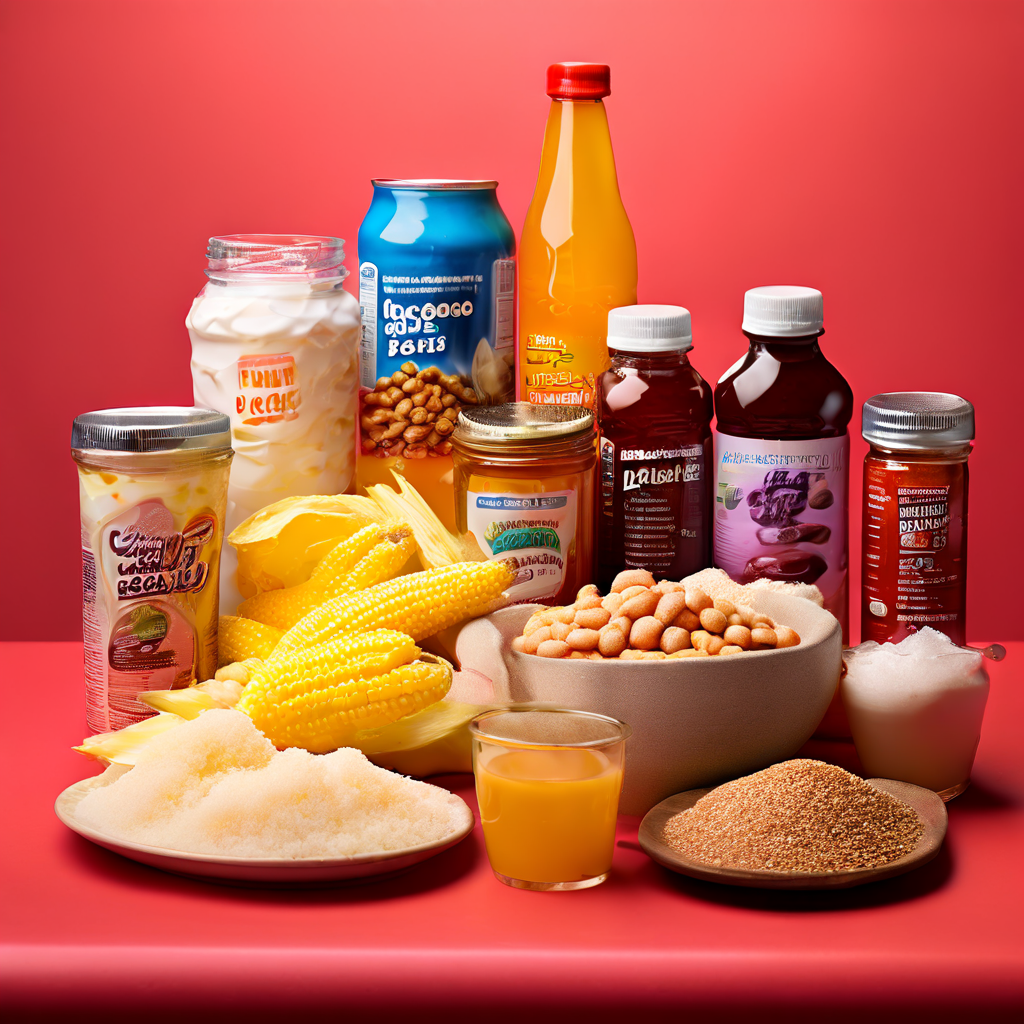
People think, oh yes, it’s been tested, but it’s only been tested by the manufacturing company and there can be lots of different shady loopholes.Maltodextrin is generally considered a safe cross.
We modified starches, which are grass.We even have high-fructose corn syrup, which is grass, corn oil and soybean oil is considered coarse-grade canola oil, corn syrup is considered coarse-grained.
And here we have the situation where manufacturers can somehow use this grass to give you the illusion that it is safe.Although, in my opinion, it’s actually not too safe.
Your health is the most precious thing you have, so be sure to protect it with healthy food choices.
in conclusion
This article discusses six foods that can potentially cause cancer. that chronic exposure to these foods can lead to mitochondrial damage, which can contribute to cancer development.
Here are the six foods:
- Alcohol: Chronic alcohol consumption damages mitochondria.
- Trans Fats: Partially hydrogenated fats found in junk foods can harm mitochondria.
- Burnt or Charred Meat: Cooking meat at high temperatures produces chemicals (HCAs and PAHs)
that can increase cancer risk. - Advanced Glycation End Products (AGEs): Formed when proteins and sugars or fats are heated together, AGEs can trigger inflammation in mitochondria.
- Nitrates and Processed Meats: The author expresses disagreement with the classification of both red meat and processed meat as carcinogenic, arguing that the research is weak and that healthy red meat is beneficial.
- Ultra-Processed Foods: These highly processed foods are considered extremely unhealthy due to their altered chemical makeup, lack of nutrients, and potential for inflammation.
We conclude by emphasizing the importance of understanding the impact of chronic exposure to these foods and making informed dietary choices to protect mitochondrial health.




